People in India eagerly celebrate each holiday, regardless of age, gender, caste, or religion. In this country, people of all cultures, languages, and faiths coexist freely. And each festival is significant in representing a unique and specific facet of the community.
India is a diverse country in terms of geographical boundaries, linguistic communities, and religious beliefs. It is well-known for its year-round celebration of several festivals. This is the only country where everyone, regardless of religion or community allegiance, celebrates every holiday in grand manner. Many religious holidays are celebrated with zeal and enthusiasm across the country. There are also other cultural festivals, each with its own set of customs, traditions, and beliefs.
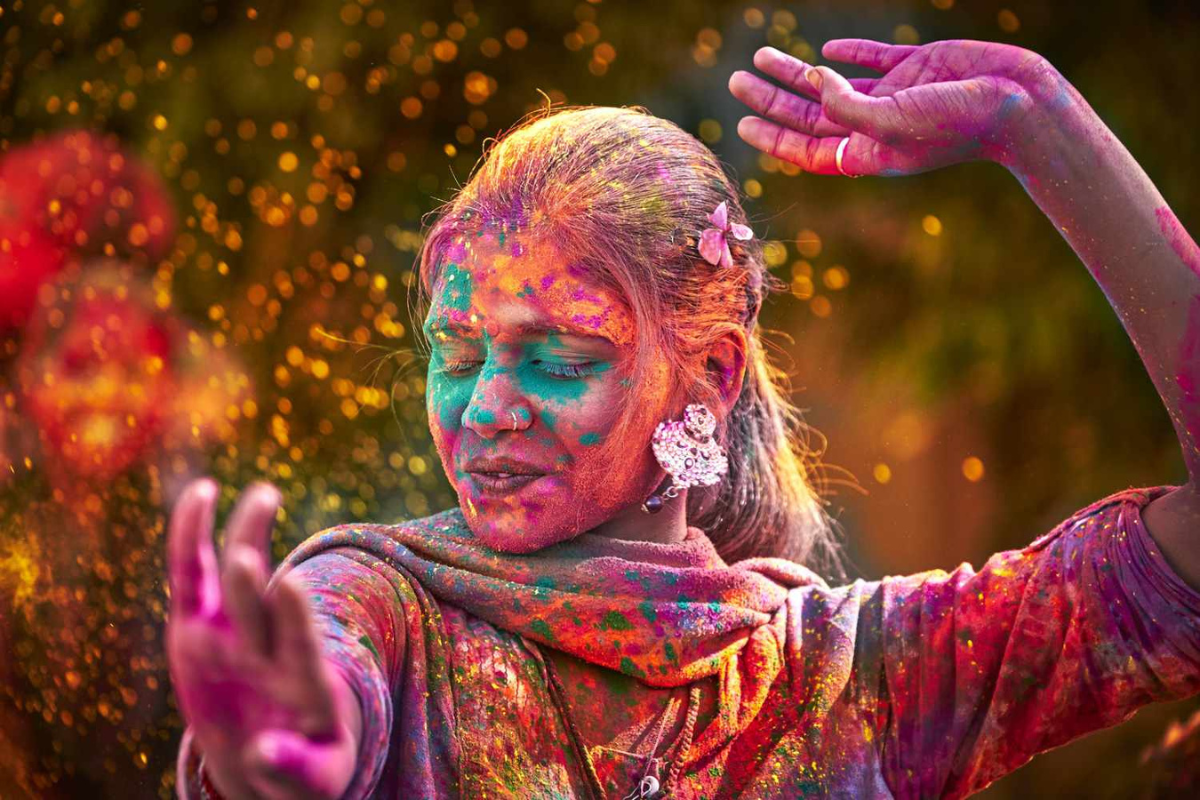
1. Diwali: Devotees’ Festival of Bright Lights
Diwali, commemorated in the Hindu calendar months of Ashwin (October) or Kartika (November), is the most important event for Indians. It represents new beginnings, the triumph of good over evil, and the triumph of light over darkness. People can put their differences aside, enjoy the joyful atmosphere, and pray to the gods for good fortune. Outside, Indians burn candles to become aware of their inner light, which discloses and removes obstructions. Families come together to decorate their homes with different sorts of lights.
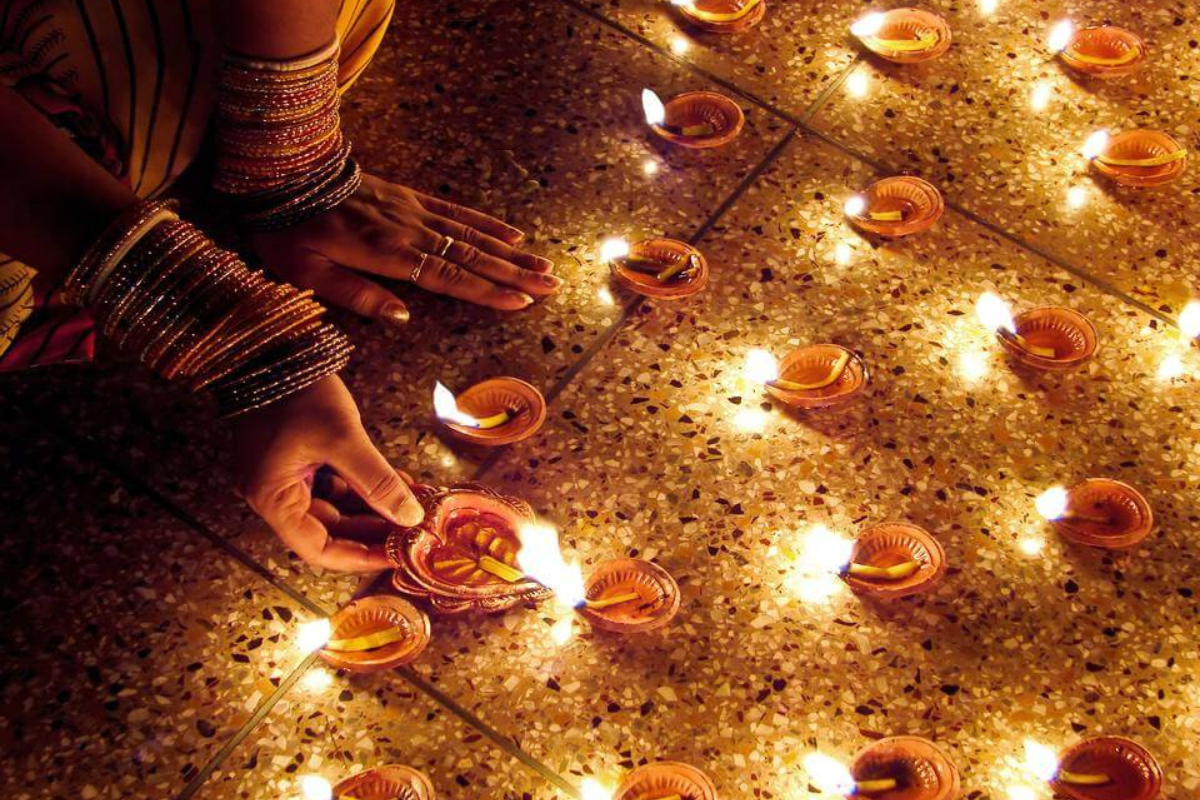
Diwali is a time for religious celebrations, particularly those of the Hindu, Jain, and Sikh faiths. Everywhere has new paint colors and bright chandeliers, making the night sky gleam with sparkling, whimsical light. The floors and streets are scrubbed and adorned with rangoli rugs, which are formed of rice flour or dyed sand, as well as flour and flower petals, by skilled and artistic hands. As part of the festival celebrations, believers perform a ceremony known as the Ravana feast.
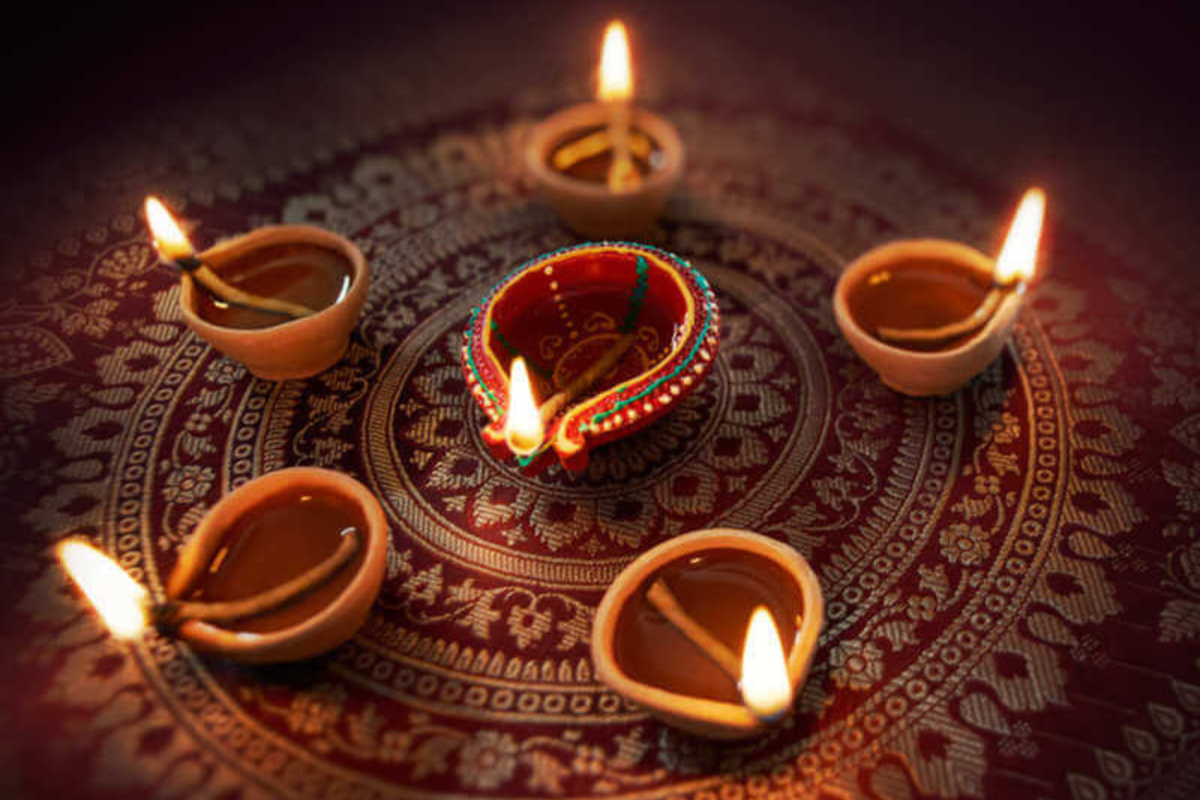
On Diwali night, the darkest moon of the year, Indians traditionally pour oil into clay lamps to light throughout the night to welcome Goddess Lakshmi. Today, though, clay kerosene lamps have given way to strings of flashing colored lights that dangle about the house. Candles and fireworks are vital components of the Diwali festival to ward off evil spirits and celebrate God Rama’s return home after a long exile.
2. Holi: The Hindu Spring Color Festival
Holi, also known as the Festival of Colors, is a springtime Hindu festival celebrated in India and other countries. It takes place in late February or early March on the full moon day of the Hindu month Phalgun. Holi is a historic Hindu holiday with unique cultural and religious customs, akin to Tet in Vietnam. People from all socioeconomic backgrounds mix during the event, playing coloring games and tossing colored powder and water at one another.
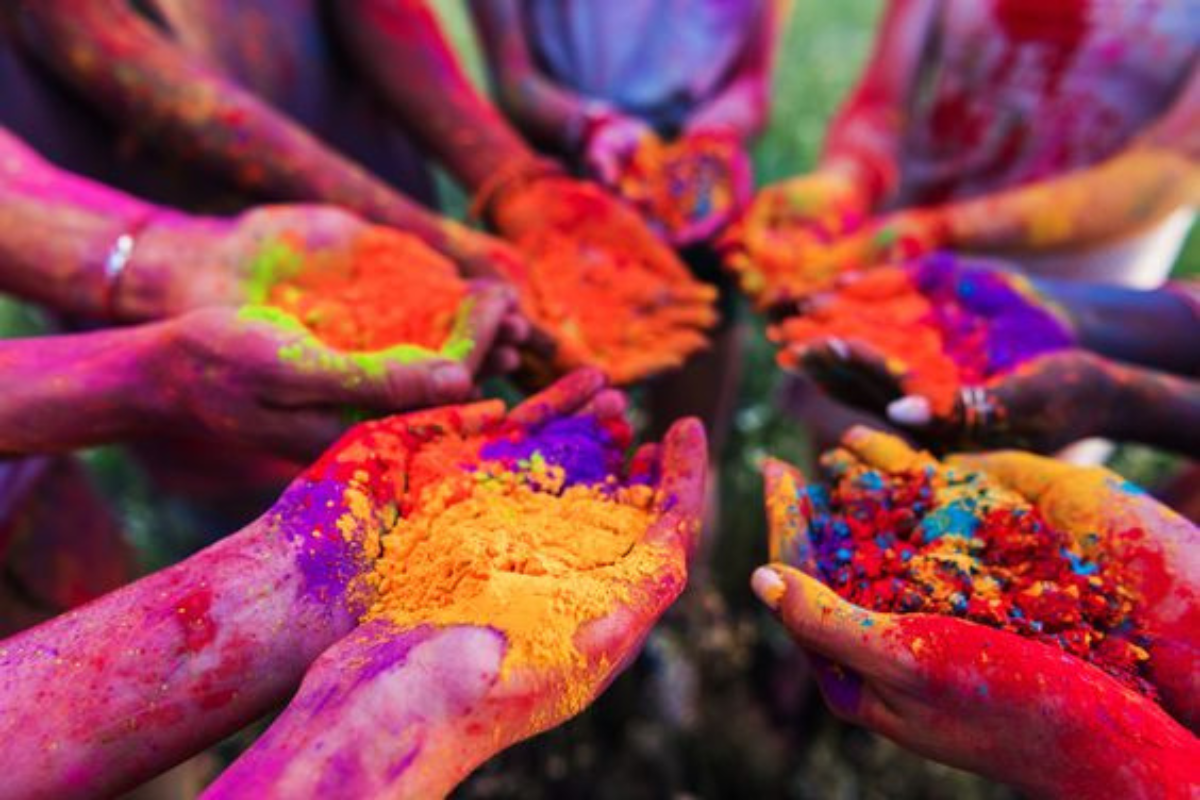
Before Holi, people in India gather items to make a Holika pyre, a traditional ritual depicting the demon Holika, who deceived Prahalad into burning. The Holi festival begins the next morning, allowing people to play with colors while singing and dancing to drums and Dholak. People change into new clothes at the end of the day to see friends and relatives.
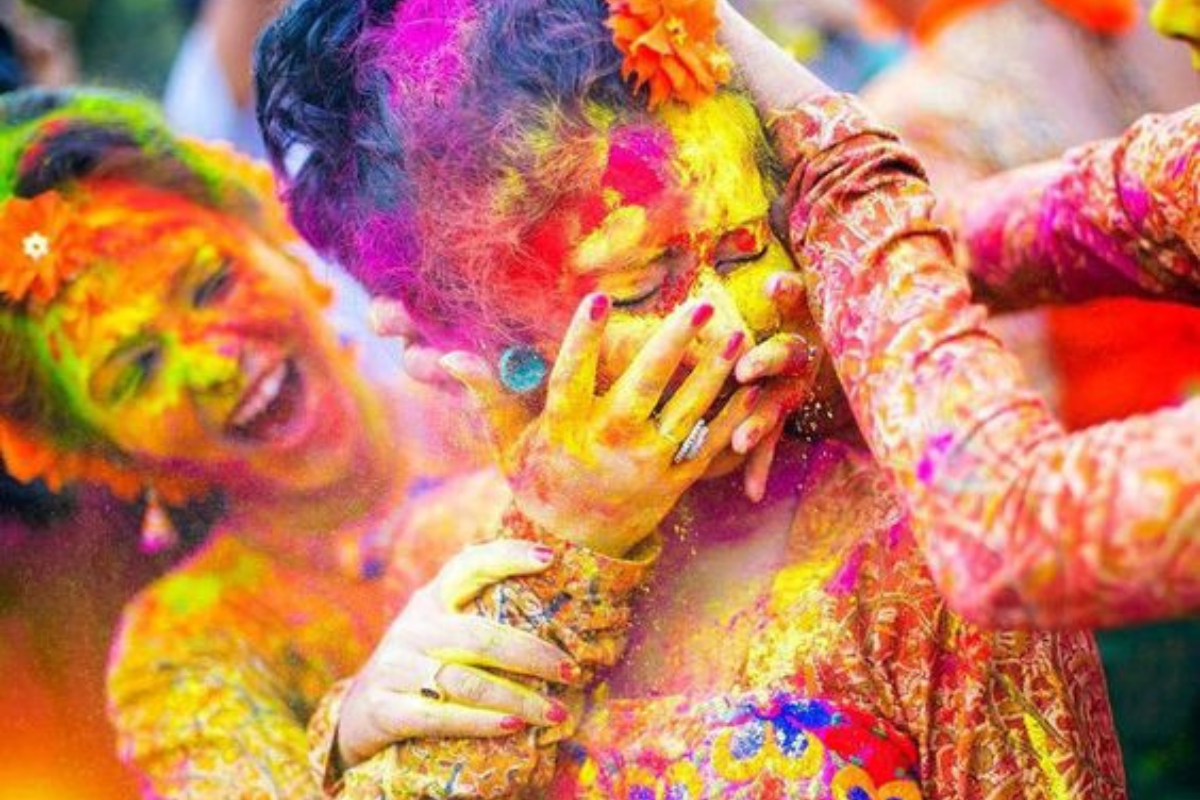
Families create Gujiya, a dumpling stuffed with khoya and dried fruit, and drink thandai during the unique Holi feast. This festival provides an excellent opportunity for international tourists to learn about India’s spiritual culture and unique food, making it a perfect location for anyone traveling to the country.
3. Onam: Kerala’s Harvest Festival
The main celebration in Kerala is Onam, a ten-day harvest festival commemorating King Mahabali’s homecoming home. It is held in August. Onam is celebrated throughout the state, regardless of caste or religion, as a depiction of the ancient king’s ghost returning to his dominion. In South India, the harvest season is marked with Onam, also known as the festival of new beginnings.
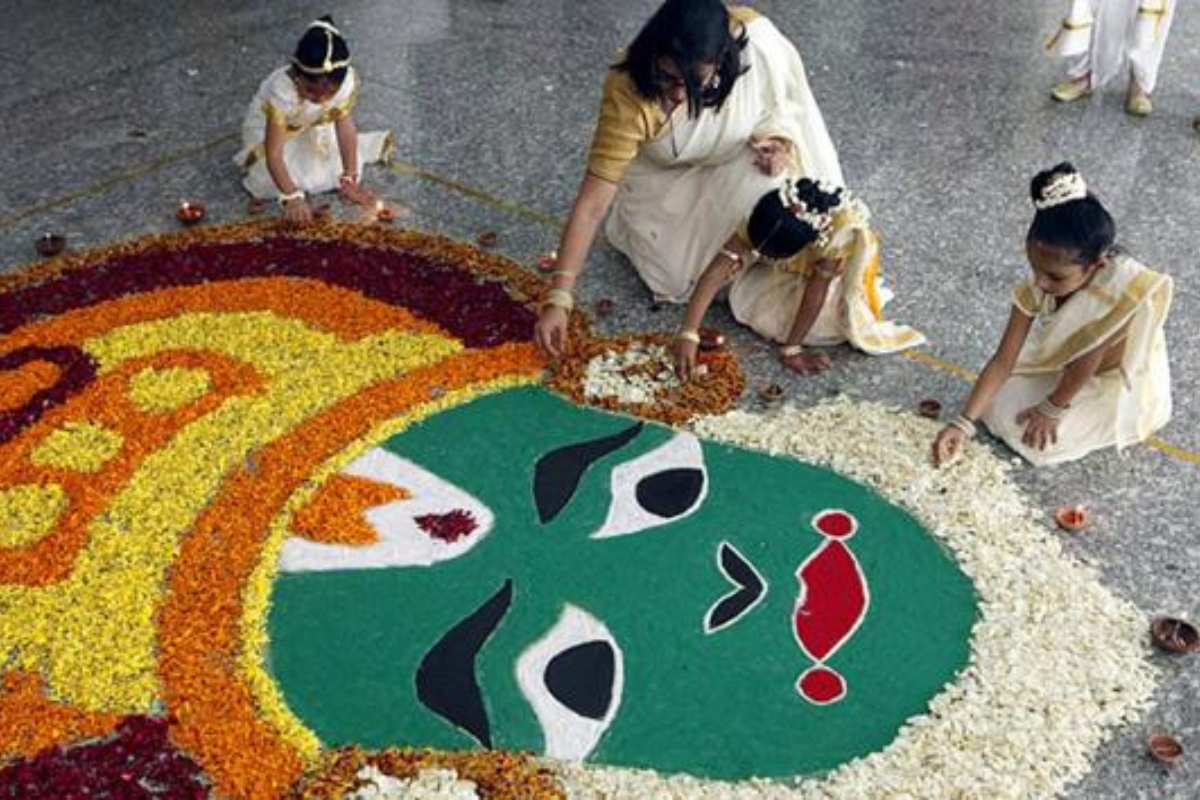
Photo: Hindu Times
Onam Sadhya is a necessary component of the Onam festival. It’s a 9-course vegetarian feast that any Kerala household may prepare. On a banana leaf, people would be served a magnificent feast of traditional vegetarian foods. There are a lot of coconuts in the traditional Onam celebration dishes, whether it’s pureed coconut or coconut cream.
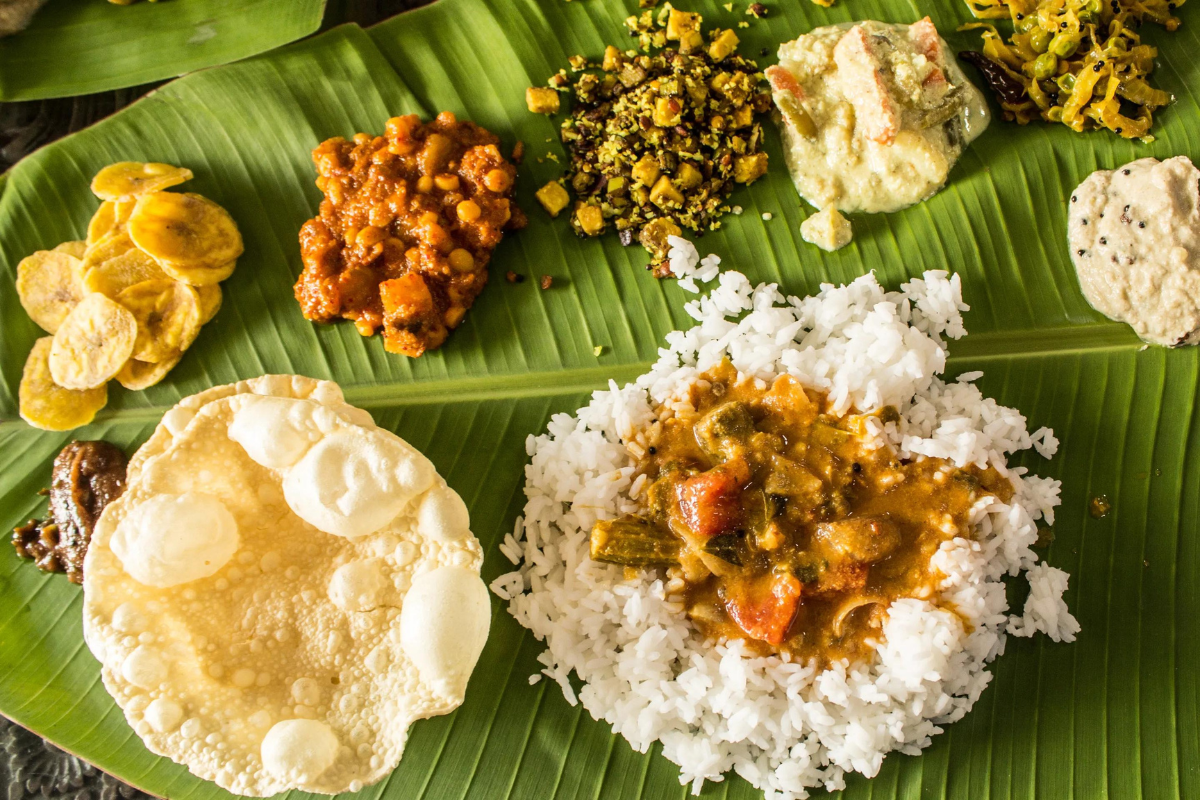
Photo: Vogue India
Onam celebrations usually begin around dawn. Keralans start by dressing nicely and decorating their homes with Pookalam flower beds. Anyone who has ever attended an Onam celebration would relish seeing the fresh wreaths put out on the ground. In India, it is known as Onam Pookalam, which translates to “Art of flower decoration.” The festival’s main attraction is the Athachamayam procession, which features elephants, floats, and traditional music. Other prominent cultural aspects of the festival include river snake boat racing and flower decorations.

